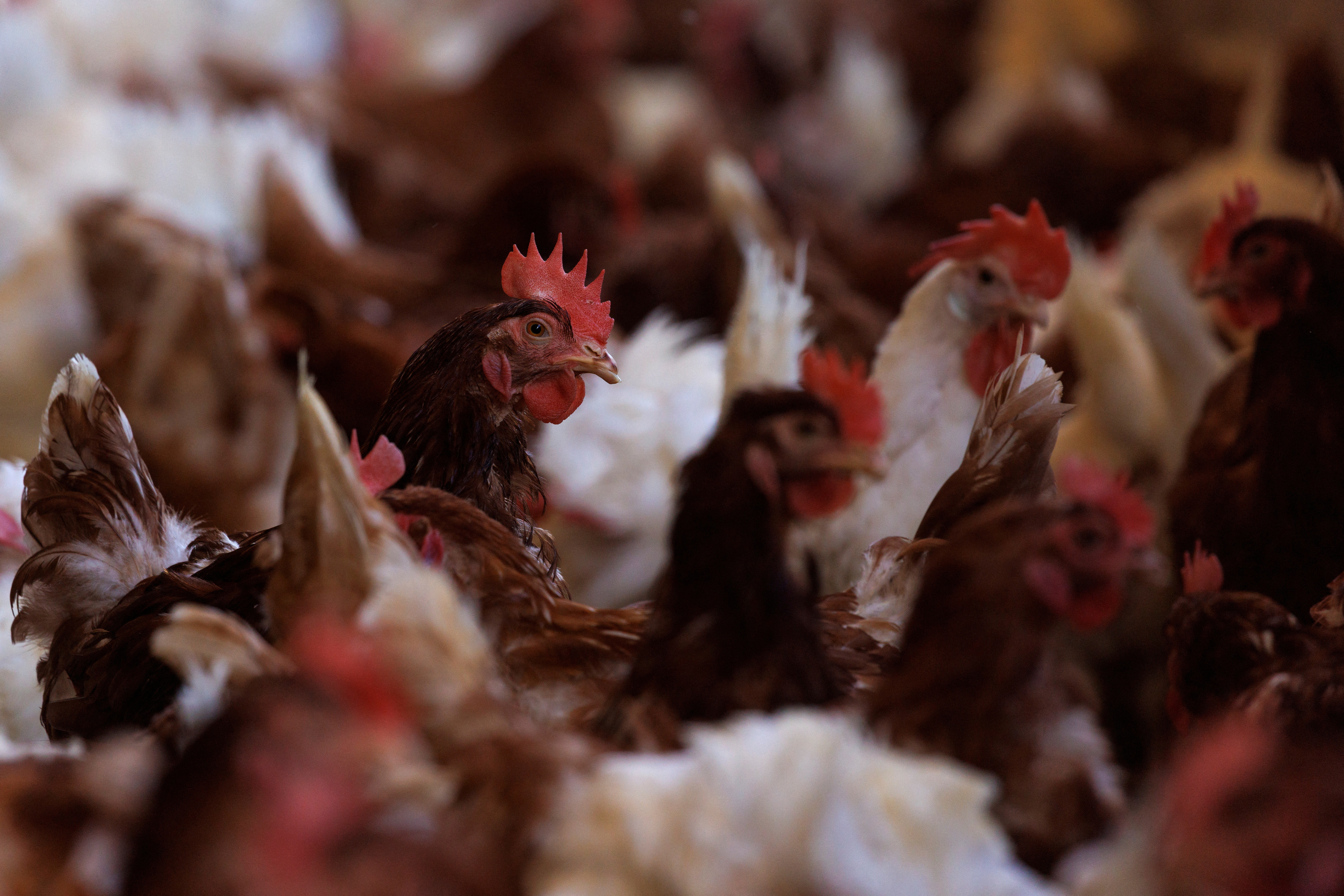 Avian Influenza: Understanding the Virus and its Impact
Avian Influenza: Understanding the Virus and its Impact
What is Avian Influenza, or Influenza A?
Avian influenza, also known as bird flu, is a virus that primarily infects birds and other animals. It belongs to the influenza A virus, which is an orthomyxovirus. This virus contains two glycoproteins called hemagglutinin (H) and neuraminidase (N). Hemagglutinin is responsible for binding to infected cells by clumping red blood cells together, while neuraminidase aids in the movement of the virus through host cells and helps in its reproduction.
Humans can get Avian influenza / bird flu from birds?
Yes, humans can contract avian influenza, commonly known as bird flu, from birds. One subtype of the influenza A virus is the H5N1 strain, which has caused major outbreaks in humans throughout history. It was responsible for the devastating 1918 Spanish flu pandemic, the 1977 Russian flu pandemic, and the 2009 swine flu pandemic. Avian influenza viruses, also referred to as AI viruses, have been isolated from birds. Most combinations of the 16 hemagglutinin and 9 neuraminidase influenza A subtypes have been found in avian species.
Symptoms, types, and mortality rates of Avian Influenza:
Among the various strains of the influenza A virus, the H5 and H7 subtypes are highly virulent. These subtypes can cause highly pathogenic avian influenza (HPAI) and result in flock mortality rates of up to 100%. However, not all H5 and H7 viruses are responsible for HPAI. According to Dennis J. Alexander’s research article on the epidemiology of avian influenza, there have been 28 outbreaks worldwide since the first confirmed HPAI outbreak in Scotland in 1959.
Can you tell me when the Avian influenza outbreak began?
Avian influenza outbreaks have been occurring for centuries. The first confirmed outbreak of highly pathogenic avian influenza (HPAI) was in Scotland in 1959. However, the presence of avian influenza can be traced back even further. In 1878, Italy experienced high mortality in chickens due to the virus’s highly pathogenic nature. Since then, several outbreaks have been reported worldwide, affecting poultry, wild birds, and even humans.
Bird flu symptoms:
The symptoms of avian influenza, or bird flu, include redness in the eyes (conjunctivitis), difficulty breathing, flu-like symptoms, and fever. The H5N1 strain of avian influenza has a wide range of clinical symptoms. According to David S-C. Huang’s review, patients infected with H5N1 may experience mild influenza-like illness, such as fever, cough, sore throat, and muscle pain. However, it can also progress to severe pneumonia, acute respiratory distress syndrome (ARDS), and multiple organ dysfunction syndrome (MODS).
Researchers John Beigel and Mike Bray state that most H5N1 patients initially present with fever, cough, and shortness of breath, which rapidly progress to adult respiratory distress syndrome.
Treating Avian Influenza:
If diagnosed with avian influenza, a general practitioner may prescribe antiviral medications to treat the symptoms and reduce the severity of the illness. These medications can help lower the risk of complications and death. Additionally, according to Beigel and Bray, anti-influenza virus antibodies may have a beneficial effect in severe cases by preventing the virus from binding to target cells.
In conclusion, avian influenza, or bird flu, is a viral infection that primarily affects birds but can also be transmitted to humans. The H5N1 strain has caused significant outbreaks throughout history, and its symptoms can range from mild to severe. However, with proper treatment and care, the severity of avian influenza can be reduced, improving the chances of recovery.

